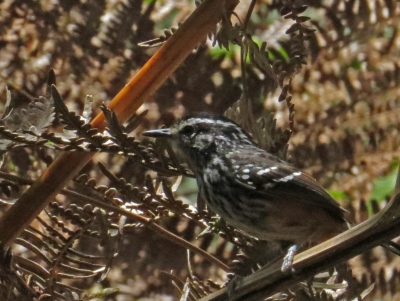Continuing the journey south through north-east Brazil, our group arrived at Boa Nova in Bahia State on the afternoon of the 23rd.
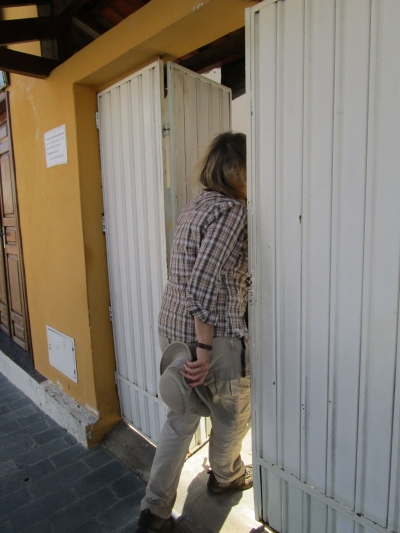
Although I have stayed in worse, the accommodation in Boa Nova was clearly the least luxurious of the trip. Entrance to our rooms was through a padlocked gate in the street. I understand that a new hotel has been opened recently so this shouldn’t put others off visiting.

Rooms were a bit dingy, there was a lot of noise from the street and I was plagued by mosquitoes in the night. There was even the legendary chewing gum on the bedstead (from 1950’s Lonnie Donegon song for those too young to remember).

The birding however was outstanding. This Black-billed Scythebill, a rare relative of the woodcreepers, gave reasonable views.

Several Pink-legged Graveteiro’s, showed in the canopy. This species of furnarid was only described in 1996.

Sharpbills gave their falling bomb whistles from the trees. This species has been considered to be a cotinga or has been placed in a family of its own, but has now ended up in the Tityridae along with such other neotropical oddballs as the tityras, royal flycatchers, schiffornis, myobious, purpletufts (see below), xenopsaris (see below), becards and some of the mourners.

…. a male Slender Antbird ….

…. and here the even more elusive female Slender Antbird.

One of the cutest birds of the trip was the diminutive Buff-throated Purpletuft. Now, as I said above, a member of the Tityridae.

Mammals even got a look in. This is the rare Weid’s Black-tufted-ear Marmoset.

In a drier, more open area we saw a pair of White-naped Xenopsaris. This species occurs over a wide area but is always scarce. This is the fourth South American trip I have seen this bird on, but up to now it’s just been one per trip.

Part of two afternoons were spent searching a rocky outcrop ….
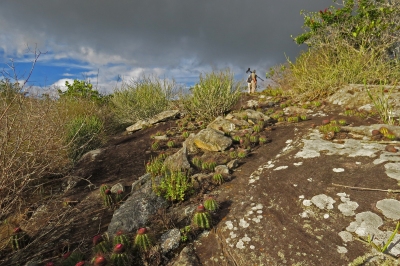
… it was covered in cacti so you had to watch your step.

We had great views of several seedeaters including this White-throated and the rarer Dubois’ ….
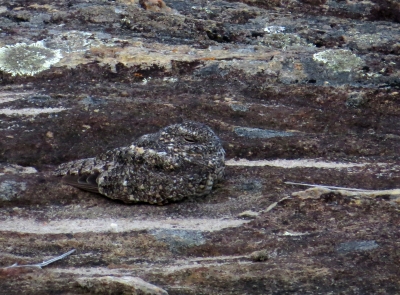
… but our main target was Pygmy Nightjar which we found just before dusk, perfectly camouflaged on the rock.

The flowers of the cacti attracted many hummingbirds ….
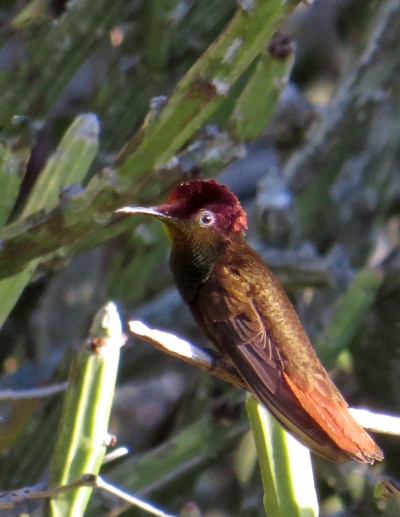
…. and the brighter male. Hummingbirds have feathers that shine iridescent from certain angles. The entire bird will never glow at the same time. As this bird turns its ruby crown will turn black but its gorget will light up a bright orange.
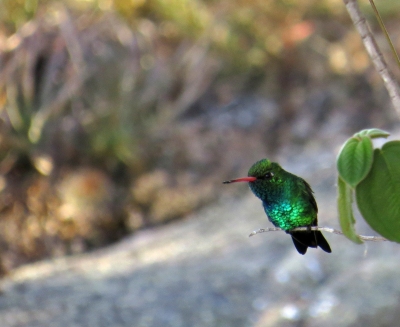
Similarly this Glittering-bellied Emerald will only live up to its name when viewed from a certain angle.
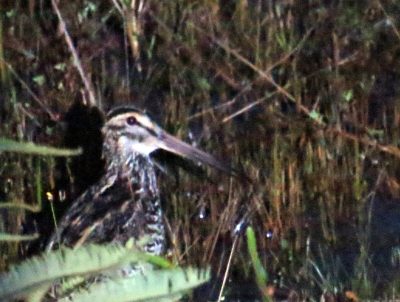
But the bird of the day, no, the bird of the trip, was seen at a nearby marsh after dark. We had fantastic views of a Giant Snipe by torchlight. Almost half as big again as a Eurasian Woodcock, this monster of the marshes showed well for several minutes. OK the photos aren’t brilliant but it was some way away and lit just by the torch beam. Araripe Manakin and Lear’s Macaws were expected highlights of the trip, this wasn’t, hence my decision to give it the honour of ‘bird of the trip’.
